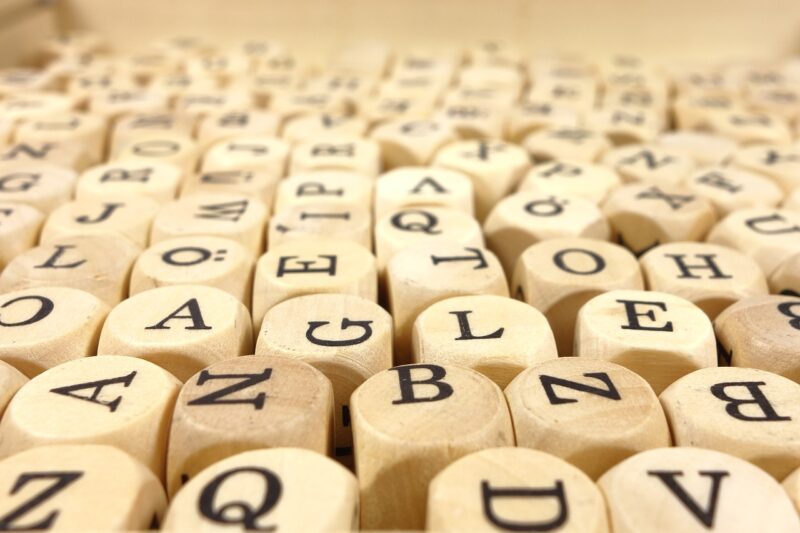Mastering the Russian Alphabet: The Easiest Way to Read and Write Cyrillic
November 12, 2024

The Russian language, with its rich history and cultural significance, employs the Cyrillic alphabet, which can seem daunting to new learners. However, mastering the Russian alphabet is essential for anyone wanting to read, write, or communicate effectively in Russian. In this comprehensive guide, we’ll unveil the easiest strategies to tackle the Cyrillic alphabet, providing you with the tools needed to navigate your way through the fascinating world of Russian language and literature.
1. Understanding the Cyrillic Alphabet
The Cyrillic alphabet consists of 33 letters, including 10 vowels, 21 consonants, and 2 signs that are used for various purposes in word formation and pronunciation. The letters have distinct shapes and sounds that may not have direct equivalents in the Latin alphabet, making their mastery crucial.
The layout of the Cyrillic alphabet is as follows:
- Vowels: А, Е, Ё, И, О, У, Ы, Э, Ю, Я
- Consonants: Б, В, Г, Д, Ж, З, Й, К, Л, М, Н, П, Р, С, Т, Ф, Х, Ц, Ч, Ш, Щ
- Signs: Ъ (hard sign) and Ь (soft sign)
Each letter represents specific sounds, which can be slightly different depending on their placement within a word (beginning, middle, or end). Understanding these nuances is essential for accurate reading and writing.
2. Techniques for Learning the Cyrillic Alphabet
Learning the Cyrillic alphabet can be simplified with a few effective techniques:
A. Flashcards
Flashcards are an effective study tool for memorizing the shapes and sounds of each letter. Create a set of flashcards with the letter on one side and its pronunciation and example words on the other. Regularly reviewing these cards will reinforce your memory.
B. Visual Associations
Creating visual associations for each letter can aid memorization. For instance, the letter “Б” sounds like “B” in English, and its shape resembles a “B.” For more challenging letters, develop fun and memorable images to help solidify their shapes in your mind.
C. Interactive Language Apps
Many language learning apps such as Duolingo and Memrise offer interactive lessons focused on the Cyrillic alphabet. These platforms make learning engaging through repetition, quizzes, and games.
D. Practice Writing
Physical practice is crucial. Set aside time to write each letter by hand. Focus on forming the letters correctly, which reinforces recognition. You can even practice by copying out simple Russian phrases or vocabulary words.
3. Dive into the Basics: Simple Words and Phrases
Once you’ve familiarized yourself with the letters, start reading simple words. Begin with basic vocabulary such as common greetings or everyday objects. For instance:
- Привет (Privet) – Hello
- Спасибо (Spasibo) – Thank you
- Книга (Kniga) – Book
- Мир (Mir) – Peace/World
As your confidence grows, challenge yourself with slightly longer phrases and complex words. Always practice pronouncing them aloud to develop your speaking and listening skills.
4. Immerse Yourself in the Language
Immersion is a powerful method for language learning. Surround yourself with Russian language media:
- Music: Listen to Russian songs and try to read the lyrics while following along. This will help you associate sounds with written forms.
- Films and TV Shows: Watch Russian films and shows with subtitles. Pay attention to written Russian in the subtitles and try to decipher what is being said in context.
- Social Media: Follow Russian-speaking accounts on platforms to expose yourself to everyday language in a natural setting. Engage with the content by commenting or trying to understand text posts.
The more you interact with the language, the more intuitive the learning process will be.
5. Common Challenges and How to Overcome Them
As with learning any new alphabet, you may encounter challenges:
A. Confusing Letters
Certain Cyrillic letters look similar to Latin letters but sound completely different (e.g., “Р” sounds like “R” but looks like a “P”). Focus on distinguishing these letters through consistent practice.
B. Cyrillic Handwriting
Russian handwriting may differ from printed letters. Familiarize yourself with common handwriting styles and practice both formats if you plan to engage in written communication.
C. Pronunciation Challenges
Certain Russian sounds do not exist in English, making them difficult to master. Use online resources to listen and repeat these sounds until you feel comfortable.
6. Resources for Continued Learning
To further your journey, utilize various resources that cater to different learning styles:
- Books: “The New Penguin Russian Course” is an excellent resource for structured learning.
- Online Courses: Websites like Udemy and Coursera offer structured courses for Cyrillic alphabet mastery.
- YouTube Channels: Search for channels focused on Russian language education that include pronunciation lessons and vocabulary building.
- Language Exchange Partners: Find a language exchange partner online to practice speaking and writing in Russian.
The key is to remain persistent, curious, and open to new methods of learning as you progress.
Conclusion
Mastering the Russian alphabet is a vital step for anyone wishing to engage with the Russian language. By utilizing effective learning techniques, immersing yourself in Russian culture, and practicing regularly, you will soon find yourself reading and writing in Cyrillic with confidence. Remember, patience is key—language acquisition takes time, but the rewards of connecting with a rich literary and cultural tradition are well worth the effort. Dive into your learning today, and open up new avenues in understanding Russian and its vast heritage.








